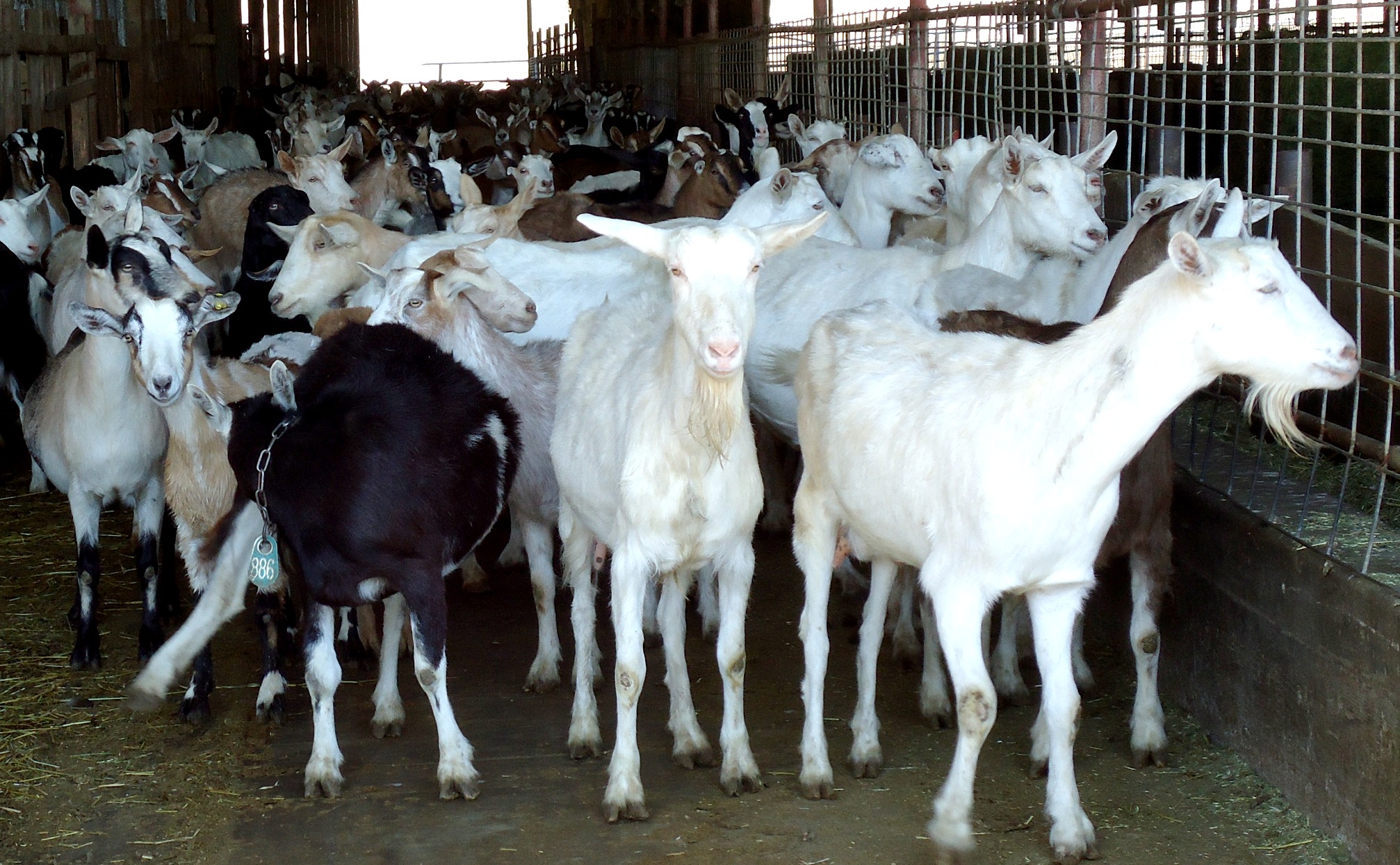By Farm Sanctuary, February 5, 2014
 |
| Lamb shang |
In the U.S., sheep and goats are raised for meat, for milk, and for fibers used in textiles. In all three industries, these playful, intelligent animals routinely suffer inhumane treatment throughout their lives and are ultimately slaughtered for human consumption. In the U.S., an estimated 2.2 million sheep and lambs and 1.5 million goats are slaughtered for meat every year.
• Sheep used for meat in the U.S. are typically slaughtered when they are very young, because consumers prefer lamb. A lamb is typically slaughtered when he six to eight months old, a tiny fraction of his natural lifespan.
• Most sheep and lambs are “tail-docked” within a few weeks of birth. This involves either cutting off the tail or fastening a tight rubber ring around the appendage until it rots and falls off. Lambs exhibit sings of pain when subjected to either method. Tail docking can also lead to chronic pain and an increase in the occurrence of rectal prolapse.
• A sheep’s wool production naturally declines with age. In the wool industry, sheep with decreased wool production are sent to slaughter. In Australia, the source of most of the world’s wool, these sheep are typically exported to Middle Eastern countries by sea, enduring grueling journeys of up to three weeks. The death by throat-slashing that awaits these sheep at their destination often occurs while they are fully conscious.
• Goat meat and milk are the most widely consumed animal products in the world. Goats are slaughtered very young, at just a fraction of their natural lifespan. A kid is typically slaughtered when he is just three to five months old.
• Like dairy cows, goats used for dairy are kept continually impregnated through artificial insemination so that they keep producing milk. Kids are taken away at birth, so that their mother’s milk can be used for human consumption. Male kids, considered useless in the dairy industry, are immediately killed.


No comments:
Post a Comment